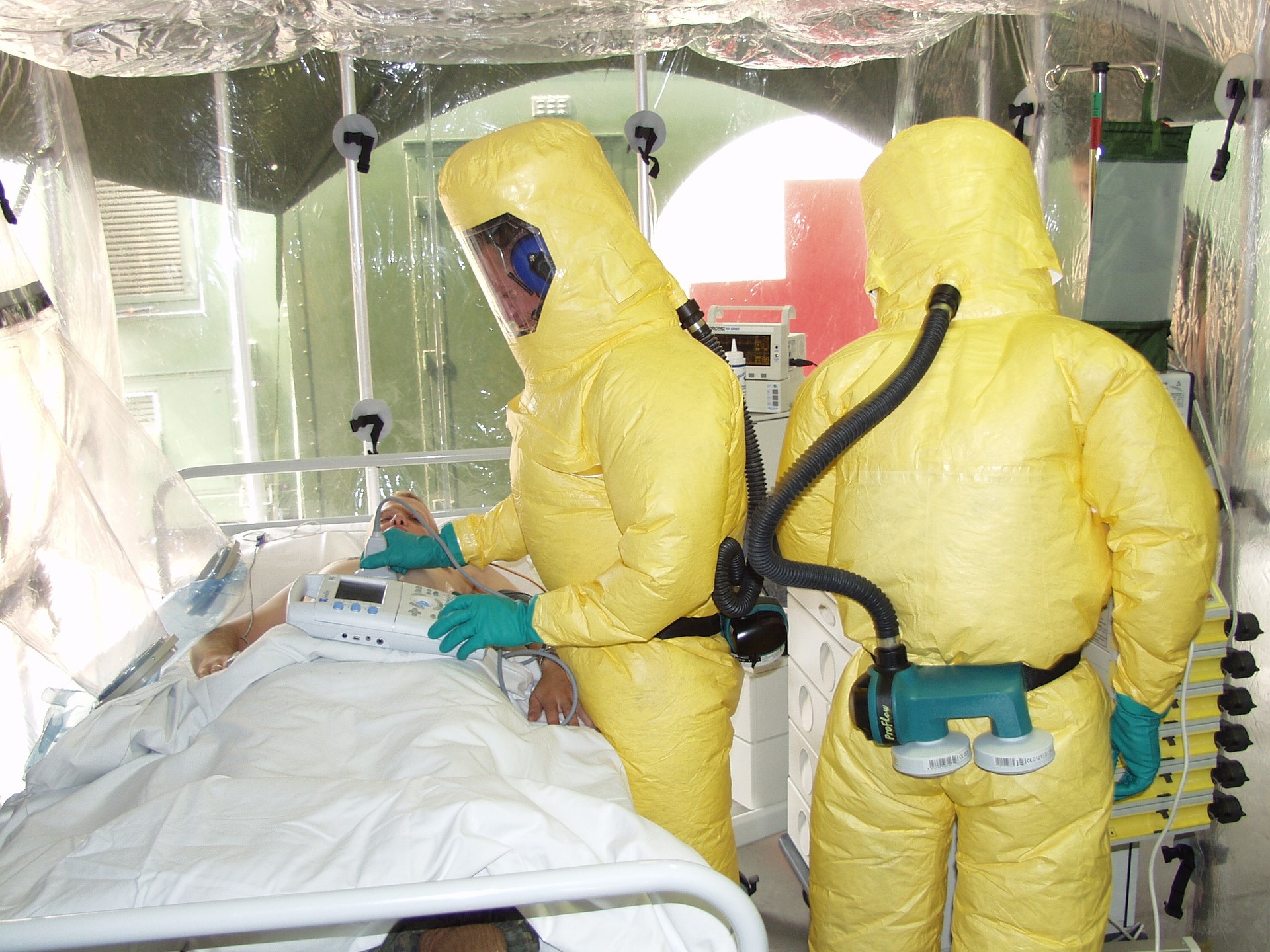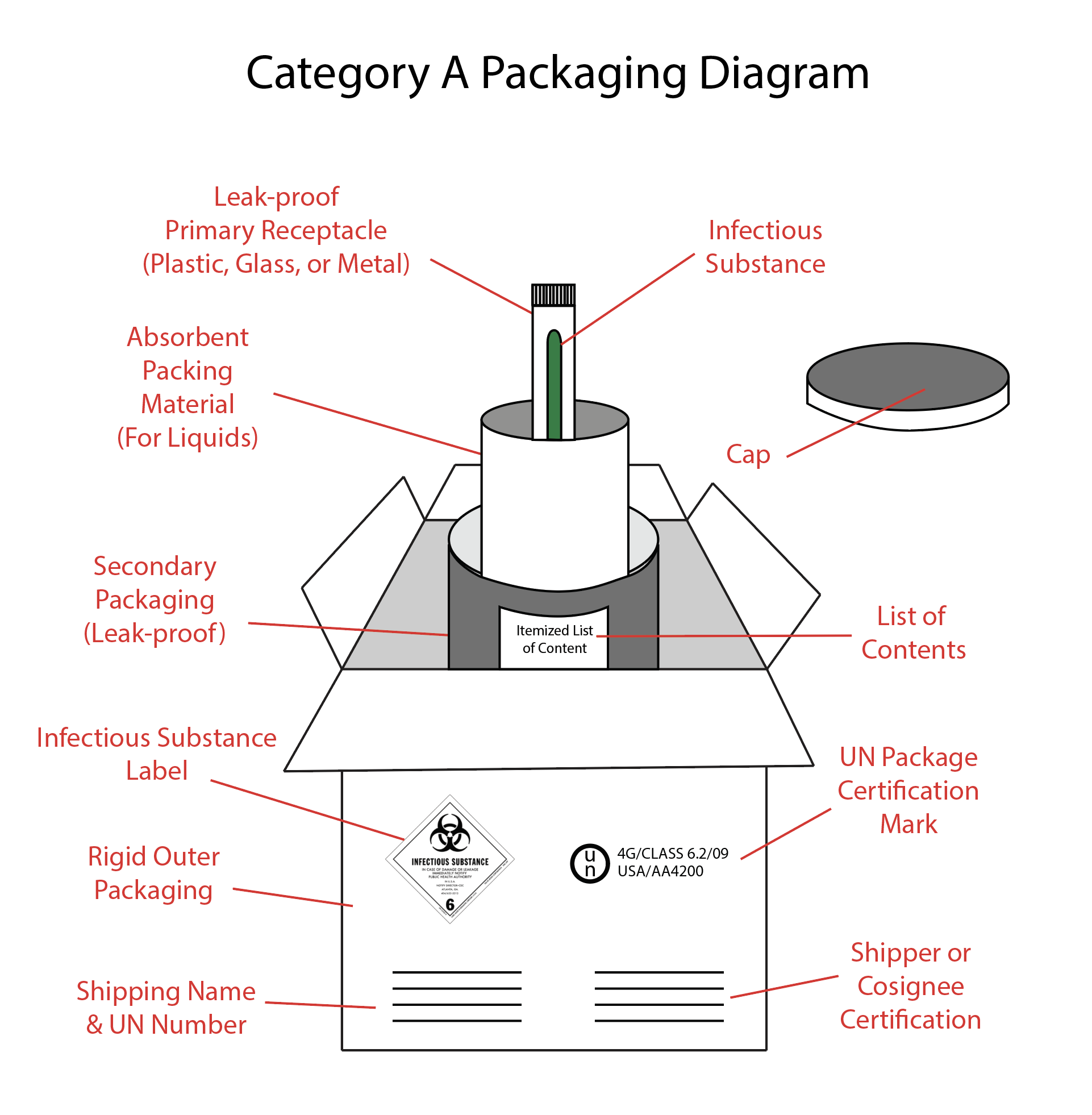what is a category a infectious substance?
A Category A infectious substance is a substance having the potential to cause permanent disability or life-threatening/fatal disease in otherwise healthy people or animals when exposure to it takes place. An exposure happens when the infectious substance is extricated from its protective packaging, leading to physical contact with people or animals. They can be in the forms of cultures, patient specimens, or medical waste.

types of Category a infectious substances
Category A Infectious Substances encompass a range of highly dangerous viruses that have the potential to cause severe illness or even death in healthy individuals. Here are some examples of viruses classified as Infectious Substances Category A:
- Ebola Virus: Ebola virus is notorious for causing outbreaks of Ebola virus disease (EVD), characterized by severe hemorrhagic fever with high fatality rates. It can be transmitted through direct contact with infected bodily fluids.
- Monkeypox Virus: Monkeypox virus is a zoonotic virus that causes monkeypox, a rare but potentially serious disease in humans. It manifests as a rash-like illness and can be transmitted from animals to humans or from human-to-human through respiratory droplets or direct contact with bodily fluids.
- Variola Virus (Smallpox): Smallpox is caused by the variola virus and has been eradicated from the natural environment. However, stocks of the virus are still present in laboratories, making it a significant concern. Smallpox is highly contagious and can lead to severe illness and death.
- Hantaviruses: Hantaviruses are a group of viruses transmitted to humans primarily through infected rodents. These viruses can cause hantavirus pulmonary syndrome (HPS) or hemorrhagic fever with renal syndrome (HFRS), both of which can result in severe respiratory and organ complications.
- Marburg Virus: The Marburg virus belongs to the same family as the Ebola virus and causes a similar severe and often fatal disease known as Marburg virus disease. It is transmitted through direct contact with infected bodily fluids or tissues.
- Omsk Hemorrhagic Fever: Omsk hemorrhagic fever is caused by the Omsk hemorrhagic fever virus, which is transmitted by infected ticks. It leads to a severe febrile illness with hemorrhagic manifestations.
These viruses are classified as Category A Infectious Substances due to their high potential for causing serious illness and their ability to spread from person to person. Strict adherence to appropriate safety measures, including proper handling, containment, and disposal, is crucial to prevent the accidental release or transmission of these viruses and protect public health.
proper packaging
The packaging system consists of three layers:
- The initial container, referred to as the PRIMARY receptacle, securely holds the actual sample, ensuring it is both watertight and leak-proof. Additionally, it contains absorbent material to prevent any spills.
- The SECONDARY receptacle encompasses one or more primary receptacles within another watertight and leak-proof container. It is further surrounded by absorbent material for added protection.
- The OUTER shipping package serves as the final layer of defense, safeguarding the secondary receptacle against breakage and water damage. This package includes a UN hazard class 6 warning label, a label specifying the specimen's details, as well as contact information for both the shipper and the recipient.
It is important to follow this guideline because these viruses are extremely contagious and life-threatening. There is no room for error and must be handled by the experts.
Due to the volume of waste generated, packing requirements are specified in a special permit issued by the US DOT. SP16279 specifies packaging for Ebola contaminated waste. Other Category A Infectious Substances may require guidance or authorization from US DOT.

Contact ASMAI today to protect your staff from the risks associated with handling Category A Infectious Substances!
